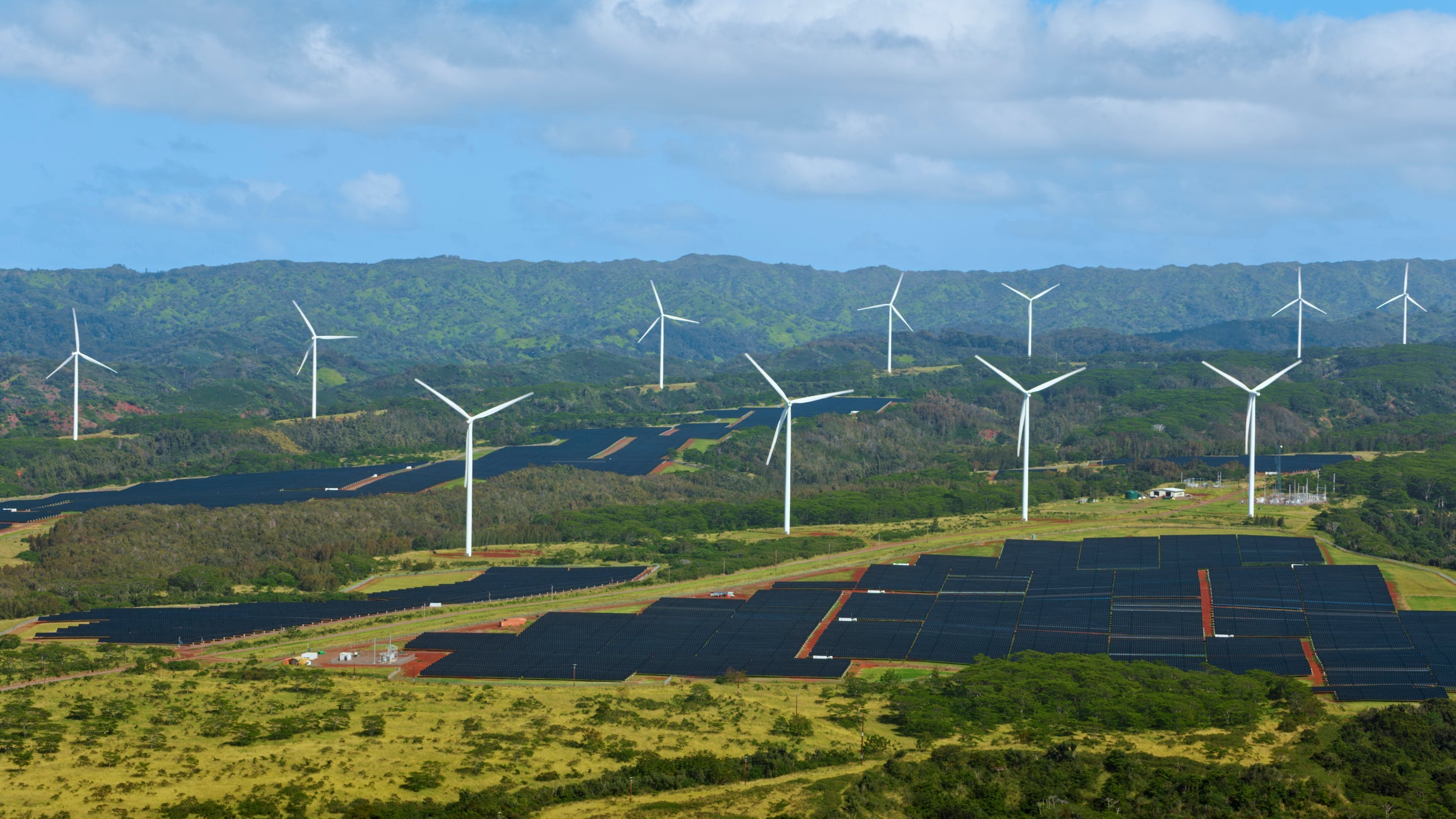
Hawaii closed its last coal power plant on 1 September 2022, moving closer to its target of 100% renewable energy by 2045.
The power plant was operated by energy company AES on Oahu, the third-largest Hawaiian island, and was responsible for around 11% of Hawaii’s electricity generation in 2022. According to David Ige, governor of Hawaii, the plant was also one of the largest emitters of greenhouse gases on the islands.
“Taking it offline means that we’ll stop the 1.5 million metric tons of greenhouse gases that were emitted annually,” Ige told the Associated Press.
Hawaiian state law bans coal for energy production by the end of this year. In 2008, the State of Hawaii committed to reducing the state’s dependence on imported fossil fuels with the Hawaii Clean Energy Initiative. In 2014, it became the first US state to commit to 100% renewable energy generation, by the year 2045. Since then, other states have committed to go fully renewable, with the District of Columbia having the most ambitious goal of 100% renewable by 2032.
AES is moving ahead with renewable projects in the state, stating on its website that the closure of the Oahu plant is a “significant milestone” on the path to decarbonisation. AES has more than 300MW of solar and wind generation capacity in operation or under development.
In 2021, around 19% of electricity generation in Hawaii came from renewable sources, compared with 8% in 2008. However, oil is still the primary energy source, responsible for almost two-thirds of electricity generation.

US Tariffs are shifting - will you react or anticipate?
Don’t let policy changes catch you off guard. Stay proactive with real-time data and expert analysis.
By GlobalDataWith the closure of the Oahu coal plant, Hawaii's reliance on imported oil is set to grow in the short term. The gap of 180MW capacity left by the plant's closure cannot be filled by renewables immediately due to construction delays for new renewable energy projects. The islands will have to rely on oil to replace coal until more renewables come online, with 175.5MW across all islands scheduled to come online in 2023.
Hawaiians already pay the highest electricity prices in the US. In 2020, the average price of electricity was 27.55 cents per kilowatt-hour (kWh), more than 2.5 times the US average of 10.59 cents/kWh. Prices have gone up further since, due to increased oil prices. As a result of the coal plant closure, Oahu residents will see a 4% increase in bills, predicts utility Hawaiian Electric.
The projected price increase prompted criticism of the plant's closure, for instance from State Senator Glenn Wakai, who said the state is “unprepared” for the transition and called the short-term consequences for Oahu residents “disastrous”.
However, Scott Glenn, Hawaii’s chief energy officer, has defended the decision, arguing that an energy market made more volatile by geopolitical tensions only underscores the need to transition to renewables.
“The idea is that as we switch to renewables, and we have more predictable electric bills, and we’re bringing equipment to Hawaii to make electricity for us, rather than [buying] things to burn into electricity, then you start to keep more and more money at home,” Glenn told the Guardian. “We’re investing in ourselves. We’re building up our capital to be more independent.”
Last month, Oahu’s first utility-scale solar and storage power plant came online, with a solar capacity of 39MW. According to Hawaiian Electric, 19 more renewable projects are in the pipeline for the next two years across the Hawaiian Islands, adding up to more than 400MW of solar capacity alone.



